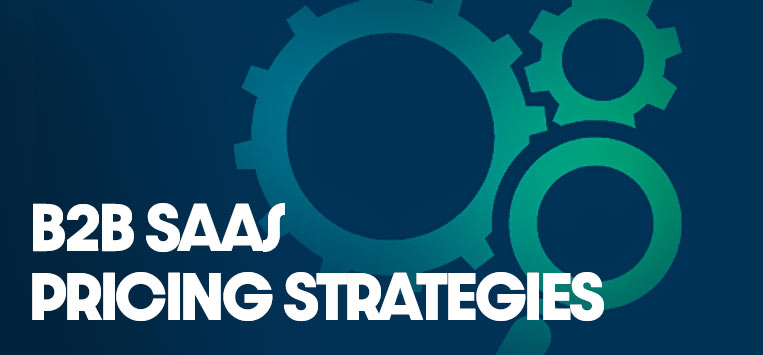The price you set for your products determines if your company will achieve its financial goals. A comprehensive Business to Business (B2B) pricing strategy should combine customer insights, market research, and competitor pricing strategies while achieving an acceptable profit margin for the company.
A successful price increase can help you acquire higher-value customers who are serious about using your product and less likely to churn. It’s your best shot at growing 25% faster.
Pricing Strategy: Drive greater revenue for your B2B Sales Team (Video)
Consumers are known to buy products whose pricing matches their perceived value. Some are willing to pay top dollar if they believe the product offers them exclusive value and more features compared to a lower-priced product.
Helpful Resource: 6 Common B2B Pricing Strategy Mistakes to Avoid
B2B SaaS Pricing Strategies
When determining the B2B pricing strategy, B2B businesses have to build strategies that give them a competitive advantage while accounting for changing market conditions and consumer behavior. Software as a Service (SaaS) pricing success involves choosing the best B2B pricing strategy that meets growth goals.
A proper B2B pricing strategy allows your company to build repeatable sales processes and generate recurring revenue. They encompass the whole framework including different goals on the way to growth. While the options are many, these pricing strategies are recommended for 2021.
Helpful Resource: Learnings from B2B Enterprise SaaS Pricing Strategies
Basic Pricing Strategies. Alexander Buchberger on Medium
Skimming
Launching SaaS products at a high price point and gradually reducing it as the product gains traction in the market. Over time, the products’ price will reduce and appeal to different subsections of the marketplace and customers with varied price sensitivities.
With SaaS, this B2B pricing strategy is effective since early adopters gain utility from bragging rights for access to new technology. As the price reduces, the whole market will own the product and the exclusivity fades.
Dan Martell explains how to perfect your SaaS pricing model using the 10-5-20 Rule.
Premium pricing
Maintaining high prices in order to convey a sense of quality, exclusivity, and in most cases, luxury. SaaS companies using premium pricing usually target and maintain a smaller market base of high-value customers who prefer to pay higher for best-of-everything features.
This B2B pricing strategy works best for well-known brands that provide SaaS products used by high profile companies and have achieved a clear differentiation in quality and value of their product. Their buyers usually want to pay for the feeling of exclusivity.
Penetration pricing
For penetration pricing, you launch at a lower price point and gradually increase as the product gains adoption in the wider market. This B2B pricing strategy is targeted at creating customer loyalty and highlighting your brand across the market. Depending on the initial reaction to your product, you can then increase prices.
Companies that adopt this B2B pricing strategy aim to compensate in the long term through upselling their products and compelling their customers to subscribe to a more profitable offering of the product.
Value-based pricing
This B2B pricing strategy sets the price based on the value proposition. The price matches what your customers are willing to pay, for the value your product provides. You can offer packages and price points suited to their specific needs. The price point can also be higher if your customers are willing to pay that much.
Value-based pricing gives the flexibility to re-evaluate prices as your product’s value increases and the customer’s needs change. Value-based B2B pricing strategy requires a deeper understanding of the market informed by extensive research on customer needs, pain points, market state, and your brand reputation.
What really matters in B2B dynamic pricing (Mckinsey.com)
Versioning
The topic of pricing and product strategy are on the top of the list of executives looking to buy and run a software company. A versioning strategy can have a dramatic effect on the overall revenue and valuation of the company.
If you are thinking about buying a software company whose product has a low fixed and high variable cost, a versioning strategy should be of high importance to you. Adjusting the price alignment to product strategy allows you to get more value out of your pricing strategy.
Effective product versioning can increase the selling price and increase what your customers will buy. Selling software requires the ability to be flexible and scalable, and implementing price versioning allows your company to upsell (which drives profitability).
Helpful Resources:
- 100 Top B2b Saas Pricing Pages (Chartmogul)
- Ultimate Saas Pricing Resources Guide (Openviewpartners)
- Pricing Strategies to Manage Channel Conflict (Brian Beck)
- Retention: Reduce Customer Churn in 5 Steps (Profitwell)
